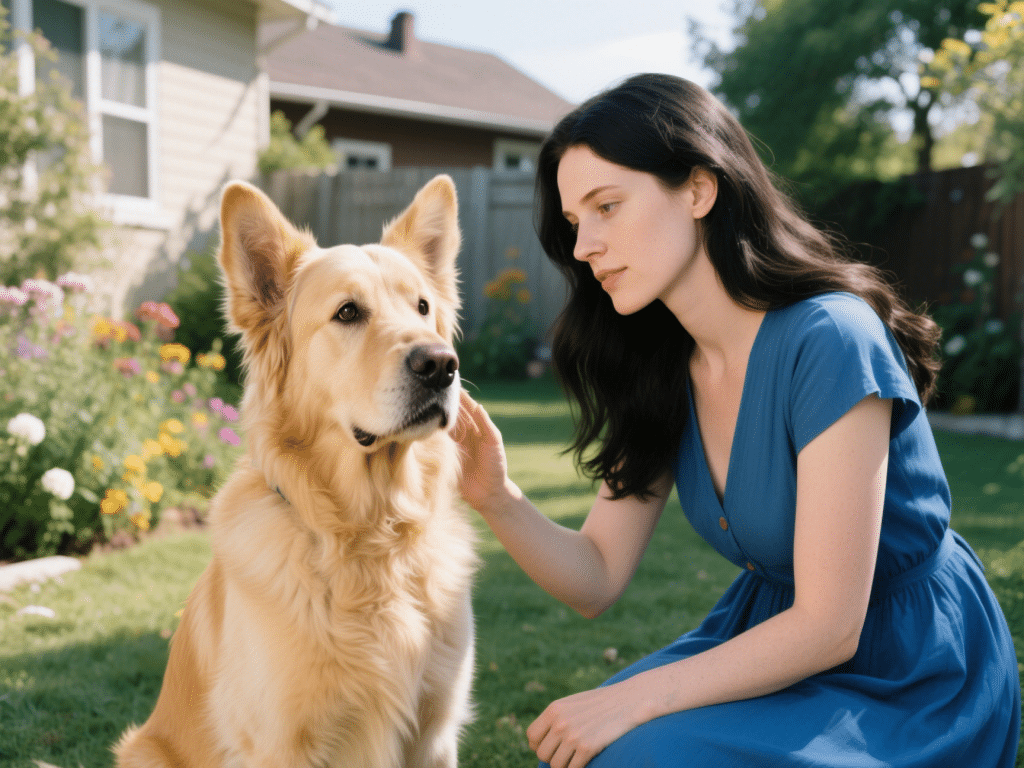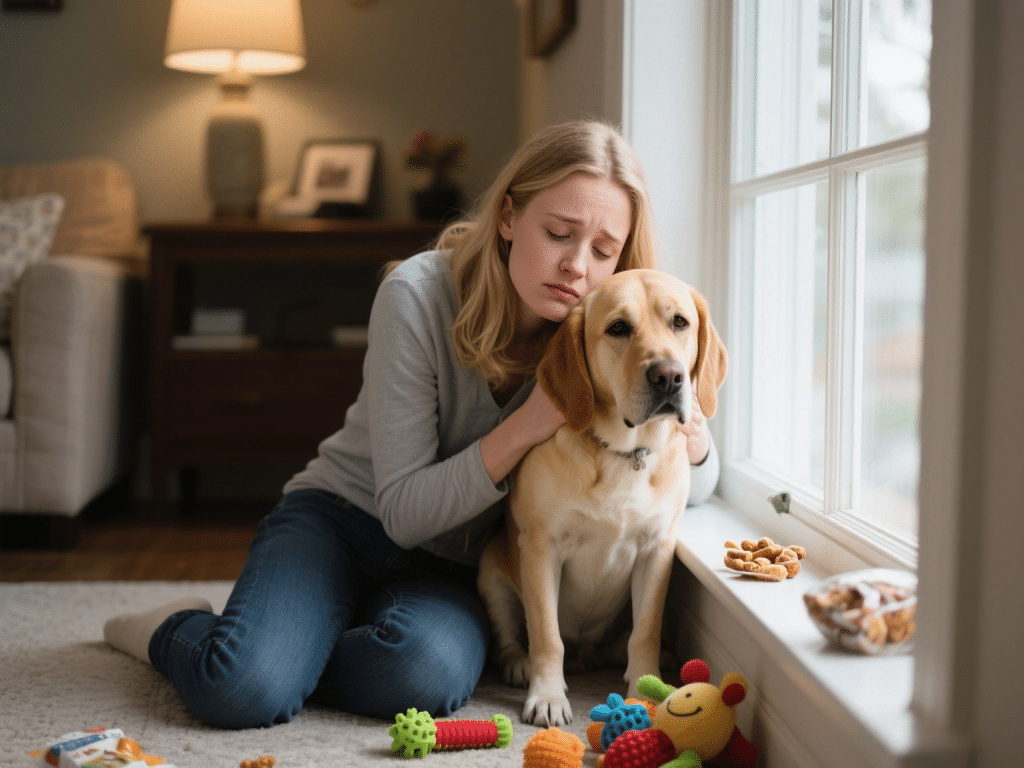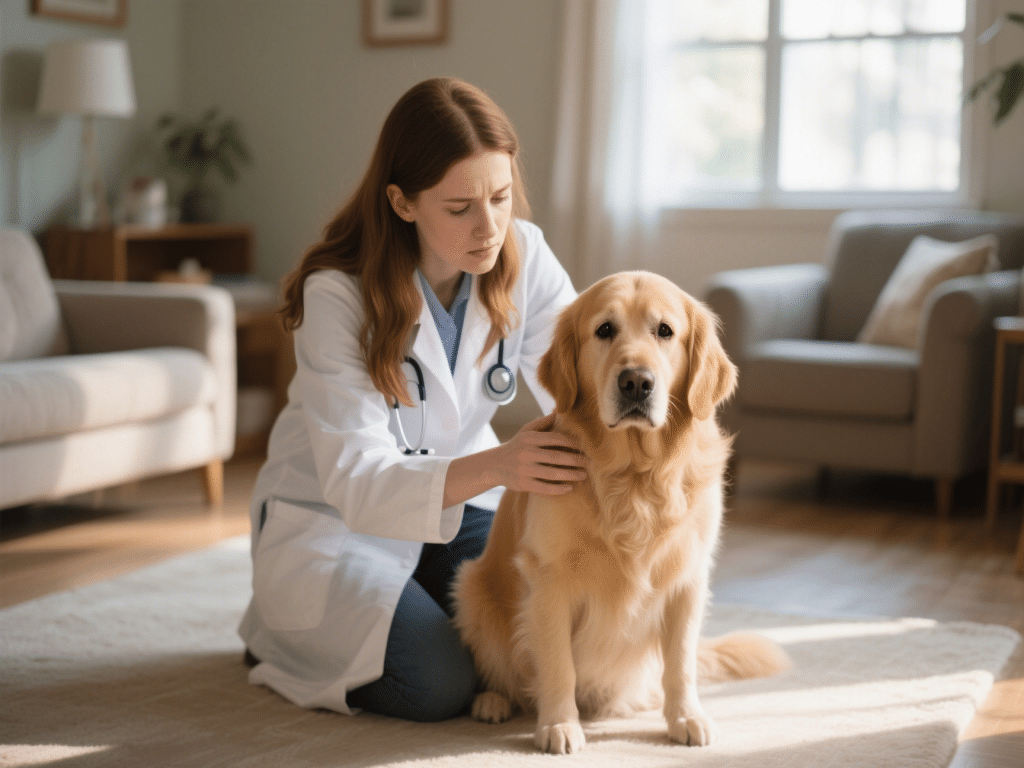Decoding Dog Behavior: Understanding Your Pet’s Body Language
Effective communication with your dog begins with interpreting their non-verbal signals. Unlike humans, dogs rely heavily on physical cues to express emotions and intentions. Mastering this silent language strengthens your bond and prevents misunderstandings.
Core Components of Canine Communication
Tail Language: Beyond Wagging
High stiff wag: Alertness or potential aggression (not friendliness)
Low relaxed wag: Contentment and calm disposition
Tucked tail: Significant fear or submission
Helicopter tail: Full-body excitement, usually positive
Ear Positioning Tells
Pricked forward: Intense focus or curiosity
Flattened sideways: Anxiety or submission
Pinned back: Fear or impending defensive reaction
Eye Contact Dynamics
Soft gaze with blinking: Relaxed and comfortable
Hard stare: Challenge or threat assessment
Whale eye (showing whites): Significant stress or discomfort
Mouth and Facial Tension
Relaxed open mouth: “Dog smile” indicating ease
Lip licking/yawning: Stress displacement behavior
Tight closed mouth: Tension or impending reaction
Contextual Behavior Interpretation
The Calming Signal System
Dogs use subtle gestures to diffuse tension:
Turning head away
Slow-motion movements
Sniffing ground abruptly
Performing “shake off” when not wet
Play Bow Breakdown
The classic front-down, rear-up position signals:
Clear play invitation
Self-handicapping to encourage interaction
Temporary suspension of dominant behavior
Stress Stacking Recognition
Consecutive stressors create escalating reactions:
Lip licking → 2. Yawning → 3. Turning away → 4. Low growl
Intervene at early stages to prevent reactivity.
Practical Application Guide
Reading the Whole Dog
Never isolate single body parts. Assess:
Weight distribution (forward/backward)
Muscle tension level
Overall body posture
Environmental context
Common Misinterpretations Corrected
Myth: Growling always means aggression
Reality: Growling is communication - may indicate pain or fearMyth: Belly exposure always invites petting
Reality: Often signals appeasement or stress
When to Seek Professional Help
Consult a certified behaviorist if you observe:
Sudden behavior changes without cause
Fear responses to normal stimuli
Aggression with minimal warning signals
Building Better Communication
Observe First: Watch your dog’s natural interactions for 10 minutes daily
Respect Signals: Honor clear “back off” communications (turning away, lip licking)
Use Mirroring: Slow blinks and yawns can help calm anxious dogs
Document Changes: Note body language shifts during vet visits or new environments
Understanding canine body language requires patience and contextual awareness. By accurately reading these subtle signals, you create safer interactions and deepen mutual trust. Remember: each dog has individual variations - learn your companion’s unique communication style.
Pro Tip: Record short videos of your dog in different situations. Reviewing footage reveals subtle cues missed in real-time observation.










Comments on " Decoding Dog Behavior: Master Your Pet’s Body Language Signals" :